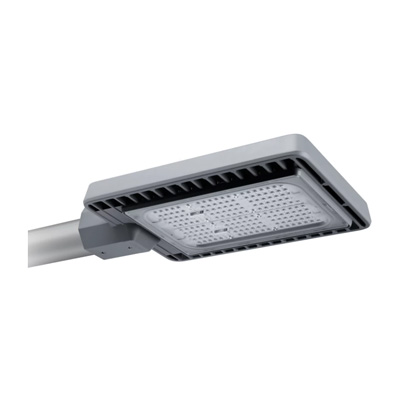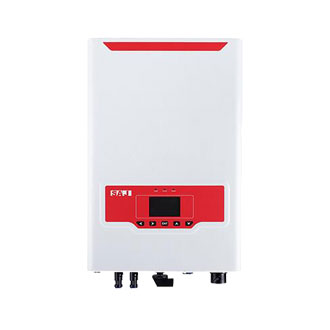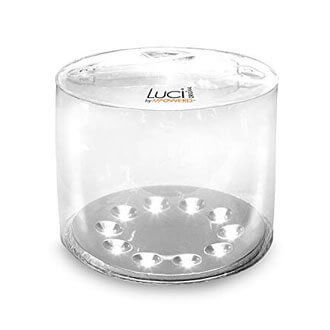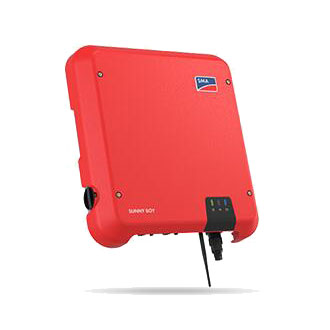BRP392 LED212 NW 150W 220-240V DM PSR 911401862598
Here is an analysis of the technical parameters of the product with the code BRP392 LED212 NW 150W 220 - 240V DM PSR 911401862598 in English:
1. Model Designation
BRP392: This is the model number of the product. It serves as a key identifier within the manufacturer's product range. Products with the same model number usually share common design concepts, features, and intended applications. It helps in distinguishing this particular product from others in the company's portfolio and may indicate a specific series or line of lighting products.
2. LED Specifications
LED212:
The "LED" clearly indicates that the light source of this product is based on Light Emitting Diodes. LEDs are known for their energy efficiency, long lifespan, and rapid switching capabilities compared to traditional lighting sources.
The number "212" could potentially refer to several aspects. It might denote the quantity of individual LEDs incorporated in the fixture, which can have a direct impact on the overall light output and uniformity. Alternatively, it could be a code for a specific type, size, or arrangement of the LEDs that affects the light distribution pattern and quality.
NW (Neutral White):
This indicates the color temperature of the light emitted by the product. Neutral white typically has a color temperature in the range of around 4000 - 5000K. Such a color temperature provides a bright, clear, and balanced white light that is neither too warm (yellowish) nor too cool (bluish). It is well - suited for a wide variety of applications where a natural and neutral lighting environment is desired, such as in offices, commercial spaces, and some residential settings.
3. Power Consumption
150W: This parameter represents the power consumption of the product when operating at full capacity. It indicates the amount of electrical energy the device requires per unit of time. A power rating of 150W suggests that this is a relatively high - power LED lighting fixture, capable of producing a substantial amount of light output. However, it's important to note that while higher power generally means more brightness, modern LED technology also aims to optimize energy efficiency, so this 150W may offer better light output per watt compared to traditional lighting sources.
4. Voltage Range
220 - 240V: This specifies the voltage range within which the product is designed to operate. A voltage range of 220 - 240V is common in many regions around the world, making the product suitable for use in a wide range of electrical systems. It ensures compatibility with standard household and commercial power supplies in those areas and provides flexibility for installation in different locations.
5. Dimming Function
DM (Dimming Mode): The presence of the "DM" indicates that the product has a dimming feature. Dimming functionality allows users to adjust the brightness of the light according to their specific needs. This can be useful for creating different lighting atmospheres, conserving energy when full brightness is not required, or adapting to different activities or times of the day. There are various dimming technologies available, such as pulse - width modulation (PWM) or phase - cut dimming, and the specific method used in this product would depend on the manufacturer's design.
6. Additional Feature (PSR)
PSR: The meaning of "PSR" is specific to the manufacturer and is not immediately clear without further context. It could potentially stand for a variety of features or design elements. For example, it might refer to a particular type of optical system, such as a precision secondary reflector that enhances light distribution and efficiency. Or it could represent a patented safety and reliability feature, ensuring the product meets certain quality and safety standards. Another possibility is that it relates to a specific control or regulation mechanism within the product.
7. Product Identification Code
911401862598: This is the unique product identification code assigned to this particular item. It serves multiple purposes, including inventory management, product tracking throughout the supply chain, and customer service. It allows the manufacturer, distributors, and retailers to easily identify and manage this specific product, and it can also be used by customers for warranty claims, technical support, and to verify the authenticity and specifications of the product they have purchased.






